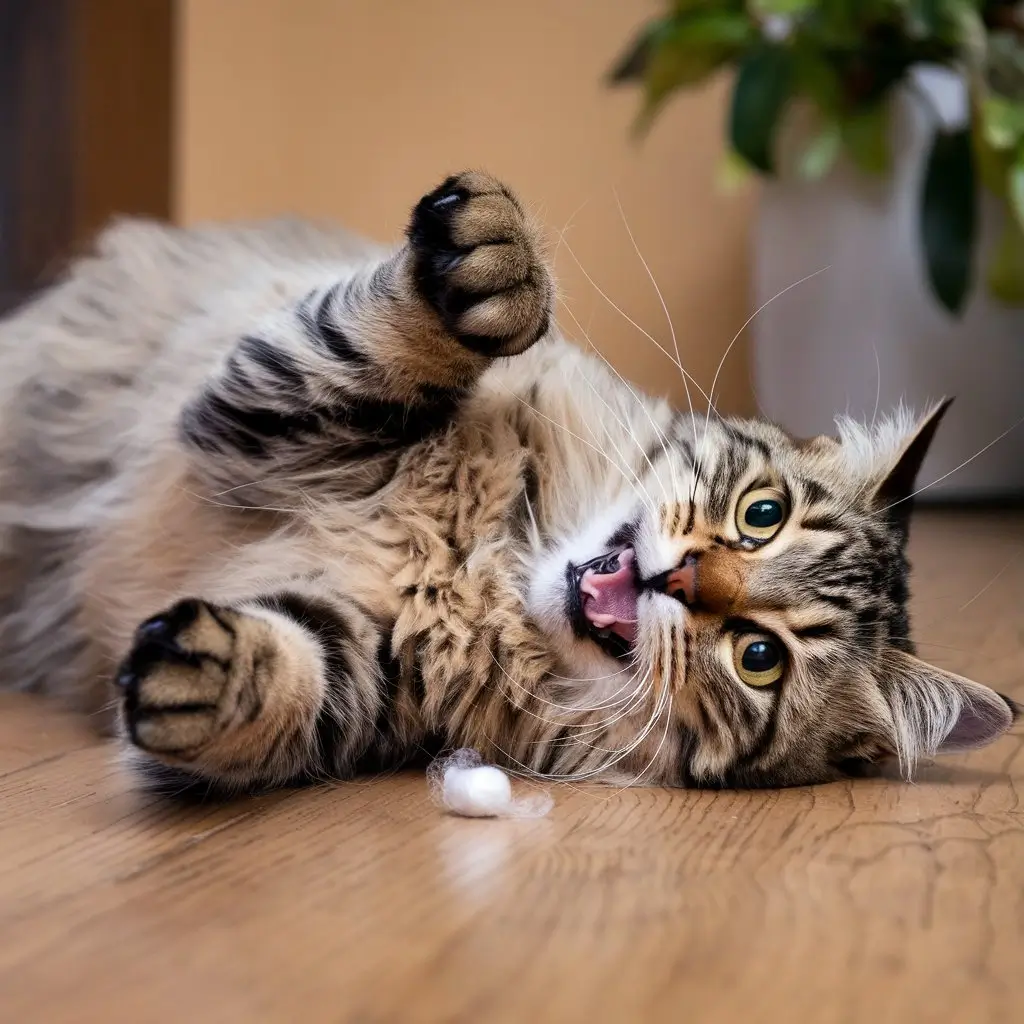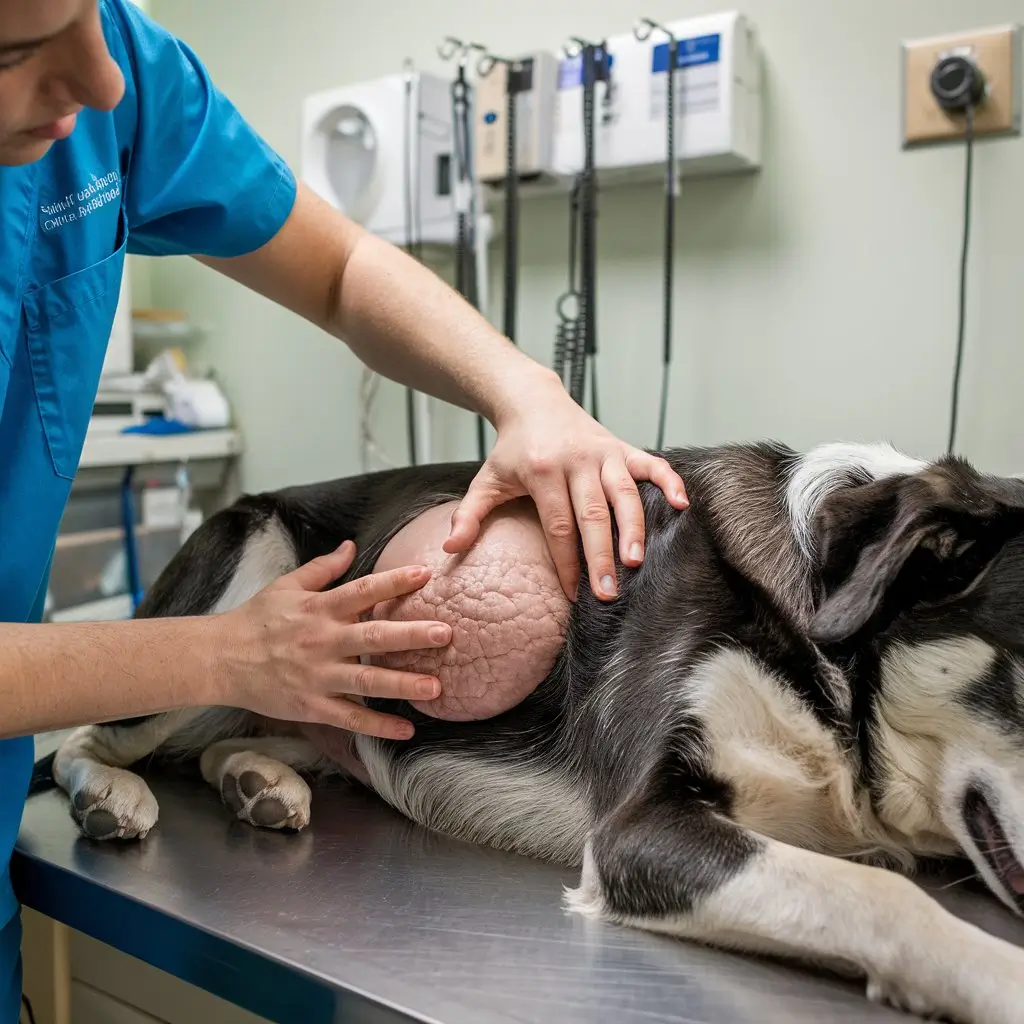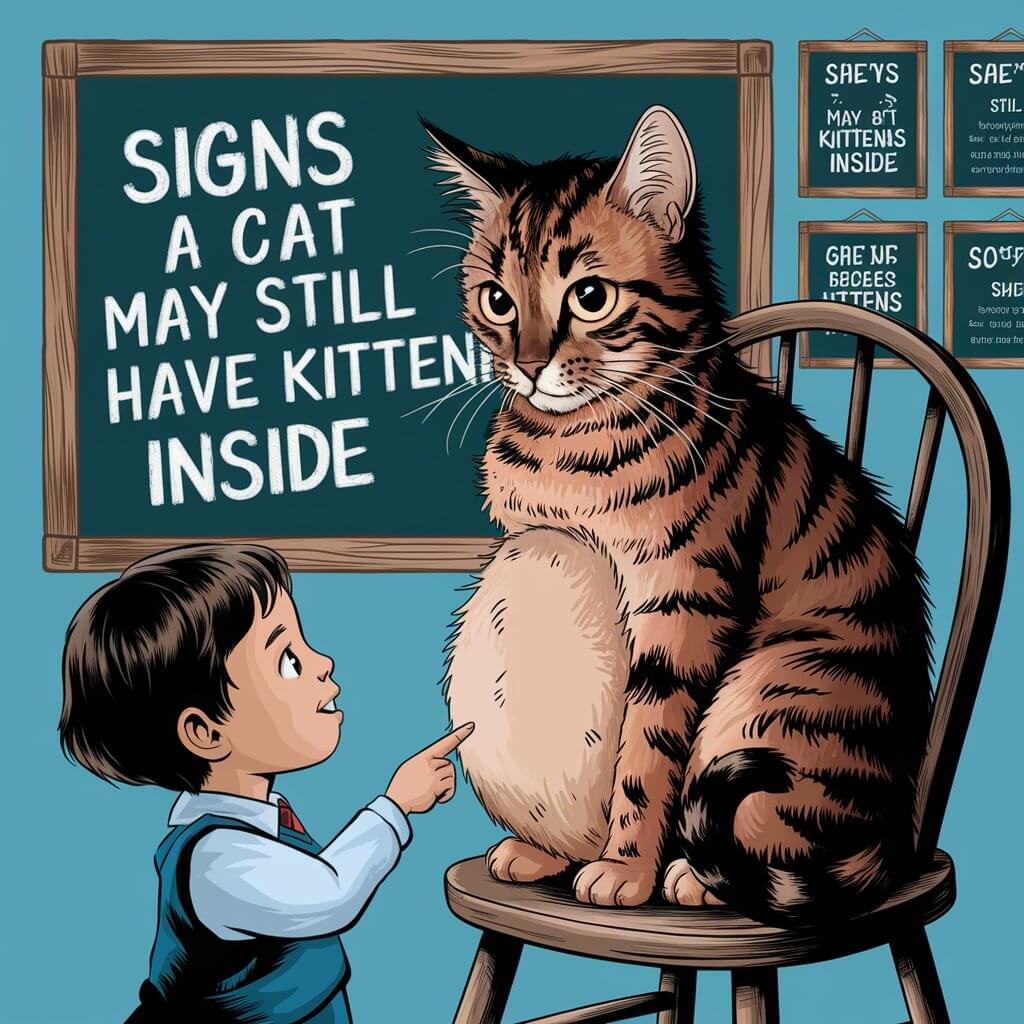
Cat
This document serves as a comprehensive guide to recognizing the signs that a cat may still have kittens inside her, based on insights from Teeshshcool Understanding these signs is crucial for cat owners to ensure the health and safety of both the mother and her kittens during the birthing process. The guide outlines various physical and behavioral indicators and additional resources for further assistance.

I. Introduction and Overview
Recognizing the signs that a cat may not have finished delivering her kittens is essential for any cat owner. This guide aims to provide clarity on the normal range for litter sizes in cats and the importance of monitoring the birthing process closely.

II. Signs of Ongoing Labor
A. Physical Indicators
- Panting: Heavy breathing is a natural part of labor due to exertion and discomfort. This may persist until all kittens are delivered.
- Vocalizations: Cats in labor are often vocal, making noises such as chirping or yowling as the kittens move through the birth canal.

3:Straining: Cats will exhibit a bearing-down effort to push kittens out. It is normal for there to be a duration and frequency of straining between births.

4:Fluid-Filled Bubble: The appearance of a kitten in the birth canal indicates that delivery is imminent. If delivery does not occur within a specific timeframe, veterinary intervention is necessary.

5:Genital Licking: Licking serves to dissolve the membrane surrounding the kittens, facilitating their passage.
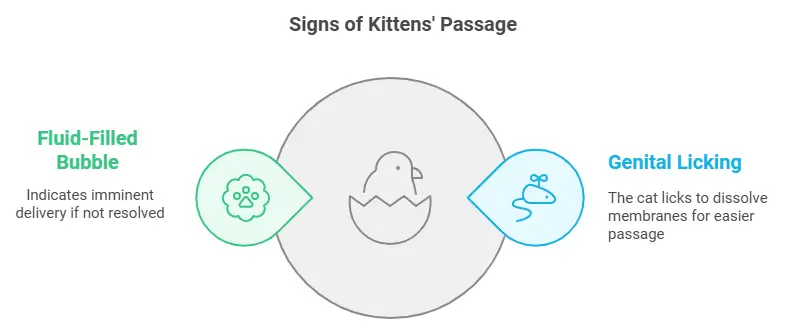
6:Placenta Passage: After each kitten, the placenta should be expelled. If placentas are retained, it may pose health risks.

B. Behavioral Indicators
- Aggression and Protectiveness: Increased aggression may occur due to hormonal changes and the instinct to protect herself and her kittens. This behavior is typically temporary.
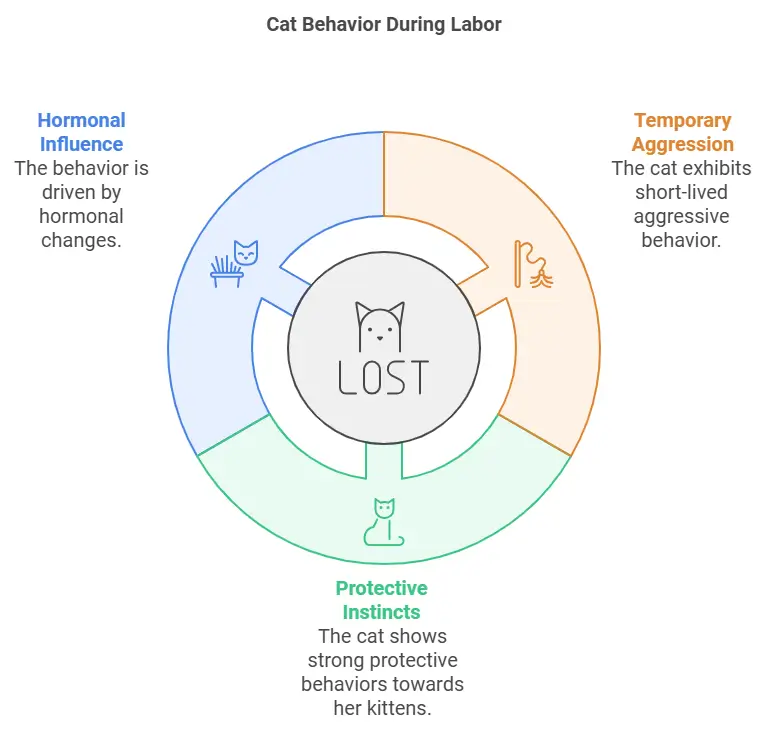
8:Lack of Full Focus on Kittens: While mothers will tend to their newborns, they primarily focus on pushing until all kittens are delivered. Any complete withdrawal from the kittens warrants veterinary attention.

C. Other Signs
- Discharge: During labor, some discharge is normal, including the potential for blood-tinged discharge.

10.Lack of Appetite: It may take up to 24 hours for a cat’s appetite to return after labor.

11. Discrepancy in Kitten Count: It is vital to count the kittens and compare this number to any prior imaging results. Discrepancies may necessitate veterinary intervention.

III. Determining Cat Pregnancy
A. Community Q&A
This section addresses common questions from readers about identifying cat pregnancy, including the time intervals between kitten births, signs of interrupted labor, and the possibility of a second litter soon after the first.


B. Tips
Additional advice may be provided on how to support a cat during labor and ensure a safe birthing experience.

C. Related Articles
Links to other wikiHow articles are available, offering guidance on cat care, health, and behavior, including topics such as hairball management, general cat care, breeding, and kitten care.

D. References
A list of sources used for factual information within the article supports the credibility and accuracy of the content.

Discover more from TEESHSH COOL
Subscribe to get the latest posts sent to your email.
